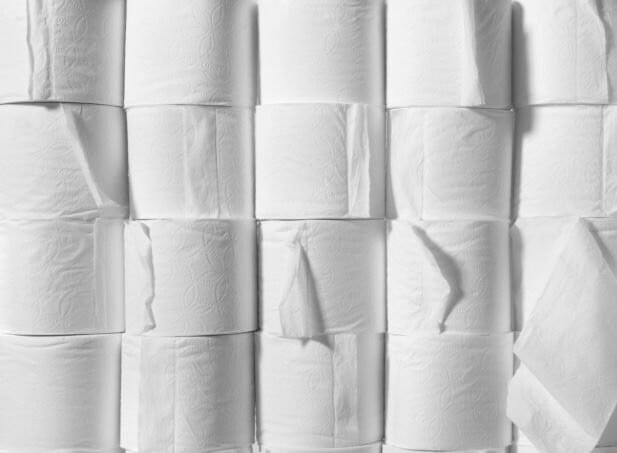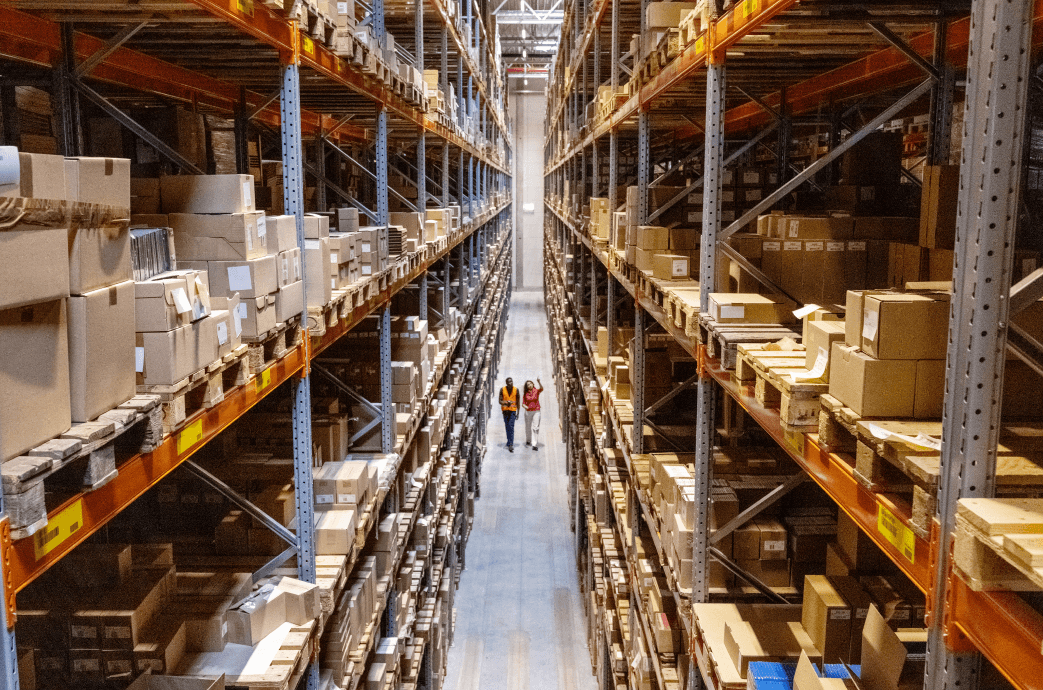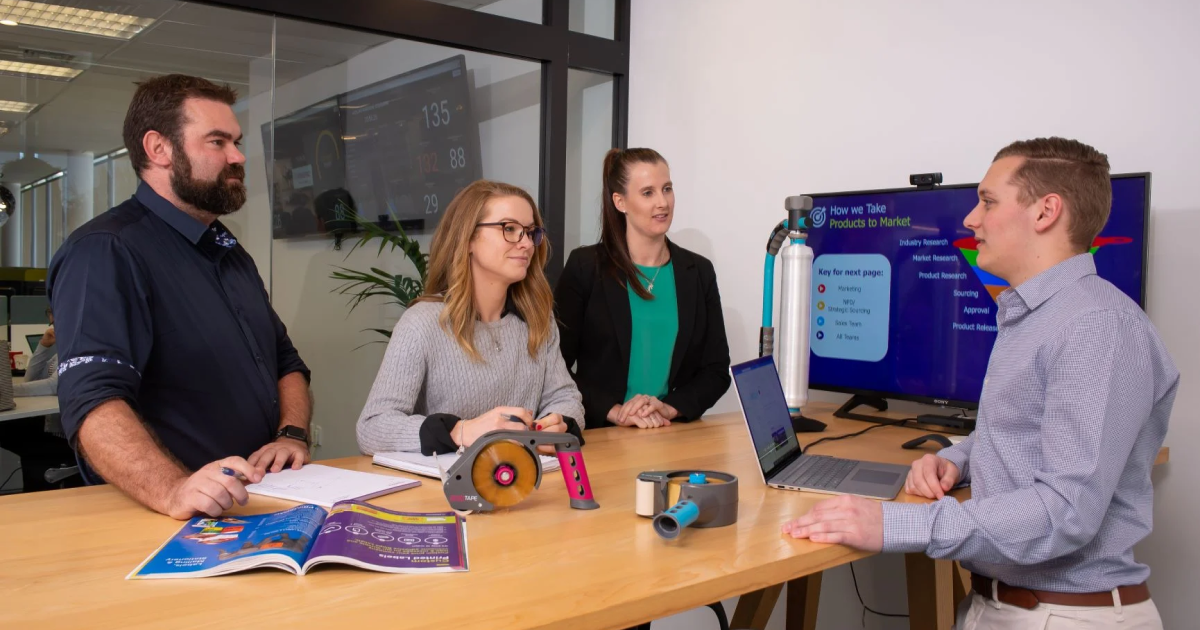.jpeg?width=2121&height=1414&name=How%20to%20choose%20the%20right%20pllet%20wrap%20(1).jpeg)
Looking to reduce your warehousing costs? In warehouses all over the country, pallet wrap is being misused and wasted, amounting to significantly higher costs than necessary.
This article covers the basic pricing of pallet wrap and how much poor pallet wrap management will cost you. From incorrect machinery setup to using the wrong amount of wrap, we highlight all the common mistakes that add up over time so that you can tweak your operations and save.
Common mistakes in pallet wrapping
Pallet wrapping seems like a straightforward task but these common mistakes could lead to significant cost and productivity losses in your warehousing operations.
Incorrect machine setup
Improper calibration or configuration of your pallet wrapping machine could result in poor wrapping quality. If you rewrap the loads each time, you’ll waste significant amounts of wrap. If you decide to send the load out, uneven tension, loose wraps, or excessive overlaps may lead to unstable pallet loads that are prone to damage during transit or storage.
Excessive wrap
Using too much pallet wrap is a costly and wasteful practice. Using more wrap than necessary not only increases annual material costs, but also adds unnecessary weight to shipments, impacting your transportation expenses. When you have the wrong wrap it may not perform as intended. This can lead to excessive use and waste of the wrap. Make sure you use the wrap that is fit for your specific requirements.
Insufficient wrap
If you don’t use enough pallet wrap for the load, you risk product damage and instability during handling. Failing to secure loads correctly can result in the items shifting or falling, leading to costly damages, returns, and potential safety hazards in the warehouse.
Quality issues
Using low-quality or incompatible wrapping materials can compromise load integrity. With a higher chance of tears, punctures, and weak seals, goods are more likely to be exposed to environmental factors like moisture or dust. This can lead to product spoilage, contamination, or rejection by customers, ultimately affecting your bottom line.
How to optimise your pallet wrapping
To improve the pallet wrapping process in your warehouse, start with the following steps:
1. Choose the right pallet wrap
To ensure you select the right pallet wrap, consider the following factors: load type, environmental conditions, film thickness, dimensions, material, stretch, containment force, application method, colour, and whether it is cast or blown. At Primepac, our range of pallet wraps and pallet wrap accessories has everything you need:
- Stretch wrap
- Machine pallet wrap
- Biodegradable pallet wrap
- Machine wrap
- Pallet stretch wrap
- Pre-stretched pallet wraps
- Plant-based pallet wrap
- Coloured pallet wrap and security wrap
- Ventilated pallet wrap
- Pallet toppers, bags, and nets
- Manual pallet wrap dispensers
2. Proper machinery setup and maintenance
The next step is to check the pallet wrapping machine and make sure it is set up correctly. This will depend on the loads you wrap and the wrap you use. In a pallet wrapping machine, you’ll need to insert the loose end into the machine's film holder, activate it, and adjust the settings for tension, rotation speed, and the number of wraps desired.
If in doubt, speak with our team of pallet wrap experts.
3. Employee education
When you’ve selected the pallet wrap and configured the wrapping machine, train your staff to prepare and wrap a pallet. This involves checking the load is secure and adding protective accessories as required, such as corner protectors.
Based on the machine settings, the machine will automatically wrap the stretch film tightly around the pallet, starting from the bottom and moving upward. Your staff must monitor the wrapping process to ensure an even and secure application, reinforcing them with additional film layers if needed.
4. Refine the wrapping process
Once you reach the top of the pallet, tear the film and ensure the end is securely tucked under a previous layer. Use a film cutter or knife to cut the film, leaving a small tail for easy unwrapping later if needed. Pay attention to any loose or protruding items and check for any gaps or weak points. As required, make adjustments to your machine settings.
5. identify the cost of downtime
Downtime in a warehouse refers to any time when operations are temporarily delayed, slowed down, or stopped altogether. Downtime in a warehouse can be costly, not only due to the stoppage itself but also due to potential subsequent flow-on effects, such as:
- Lost sales revenue
- Overtime labour costs
- Reduced productivity
- Idle equipment costs
- Inventory holding costs
- Customer dissatisfaction
- The supply chain ripple effect
- Rush shipping costs
- Administrative costs
- Packaging replacement
To calculate your downtime costs, use our annual costs equation here.
The cost of pallet wrap
Depending on your requirements, Primepac offer a wide range of machine and hand wraps to suit your needs. Primepac also offers bulk discounts for large-volume users. However, the material costs are only part of the equation, you also need to consider the cost of labour and inefficiency, which amounts to a large portion over time.
When the above issues are in play, the annual cost of pallet wrap waste is staggering. When workers consistently spend extra time adjusting machinery or manually reinforcing inadequately wrapped pallets, the effect compounds over time, impacting overall efficiency and profitability.
Pallet Wrap Calculator
To calculate the amount of wrap for pallets ratio, our new online calculator does all the hard work for you. Simply enter the roll Length, width, thickness, weight, current price per roll, and current film weight per pallet and we will send you the new cost per pallet.






.png)

